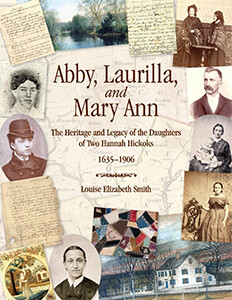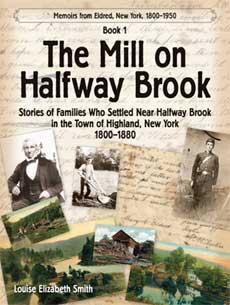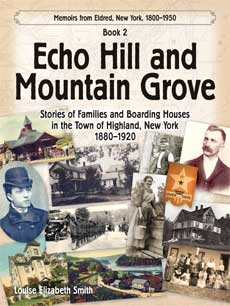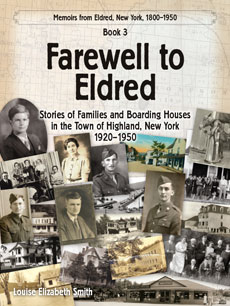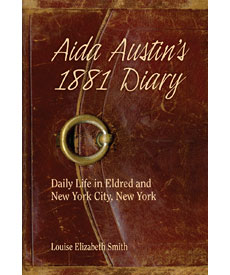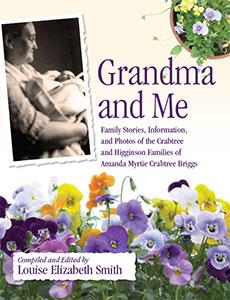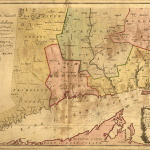
Abby, Laurilla, and Mary Ann, The Heritage and Legacy of the Daughters of Two Hannah Hickoks, 1635–1906, presents one branch of the Hickok family as it intertwines through three hundred years of Connecticut and United States history.
The narrative features two first cousins named Hannah Hickok and their daughters. The focus—mainly on Hannah Hickok Smith and her daughters: Abby, Laurilla, Zephina, Cyrinthia, and Julia Smith, in Glastenbury, Connecticut—includes short visits to Hannah Hickok Eldred and her daughter Mary Ann Eldred Austin, in Lumberland, New York.
Brimming with details from 1600 to 1900, Abby, Laurilla, and Mary Ann connects the influence of the Bible, events, documents, speeches, and people from both Old and New England, with the reoccurring cry against “taxation without representation,” the need for women’s education, the fight against slavery, and the struggle for women to gain the right to vote.
Hannah Hickok Smith and her daughters are highlighted as they interact with notable people in U.S. history, including Lafayette, early advocates for girls’ education, and abolitionist and woman’s rights advocates: William Lloyd Garrison, Susan B. Anthony, Lucretia Mott, and Lucy Stone.
In 1874 Abby and Julia Smith (the last of the Smith sisters) were recognized nationally when they confronted their town’s unfair taxes. In articulate letters and speeches the elderly sisters questioned authorities why half the population (women) of the United States could not vote.
Abby and Julia (sometimes sarcastic, but never hateful) recalled principles from both history and the Bible, and used skills they honed during their fight against slavery (with their mother and sisters), to refute, challenge, and scold those in power, to do what was reasonable and right.
Over the next few weeks I plan to post some sidebars from:
“Chapter One: The First Four Hickok Ancestors, William, Joseph, Benjamin, Justus, 1635–1770,” starts with the departure of William Hitchcock from London, on the Plain Joan.
“Chapter Two: Shillings, Scholars, Linen, and Pecks, David Hickok’s Journals, 1769–1775,” includes David’s description of life in South Britain, CT, from his journals.
(Asa Hickok, my direct ancestor and grandfather of Mary Ann Eldred Austin, was David’s brother. Asa was mentioned in David’s journals. Asa arrived in the Town of Lumberland, NY, in 1812, according to Asa’s application for a Revolutionary War pension.)


